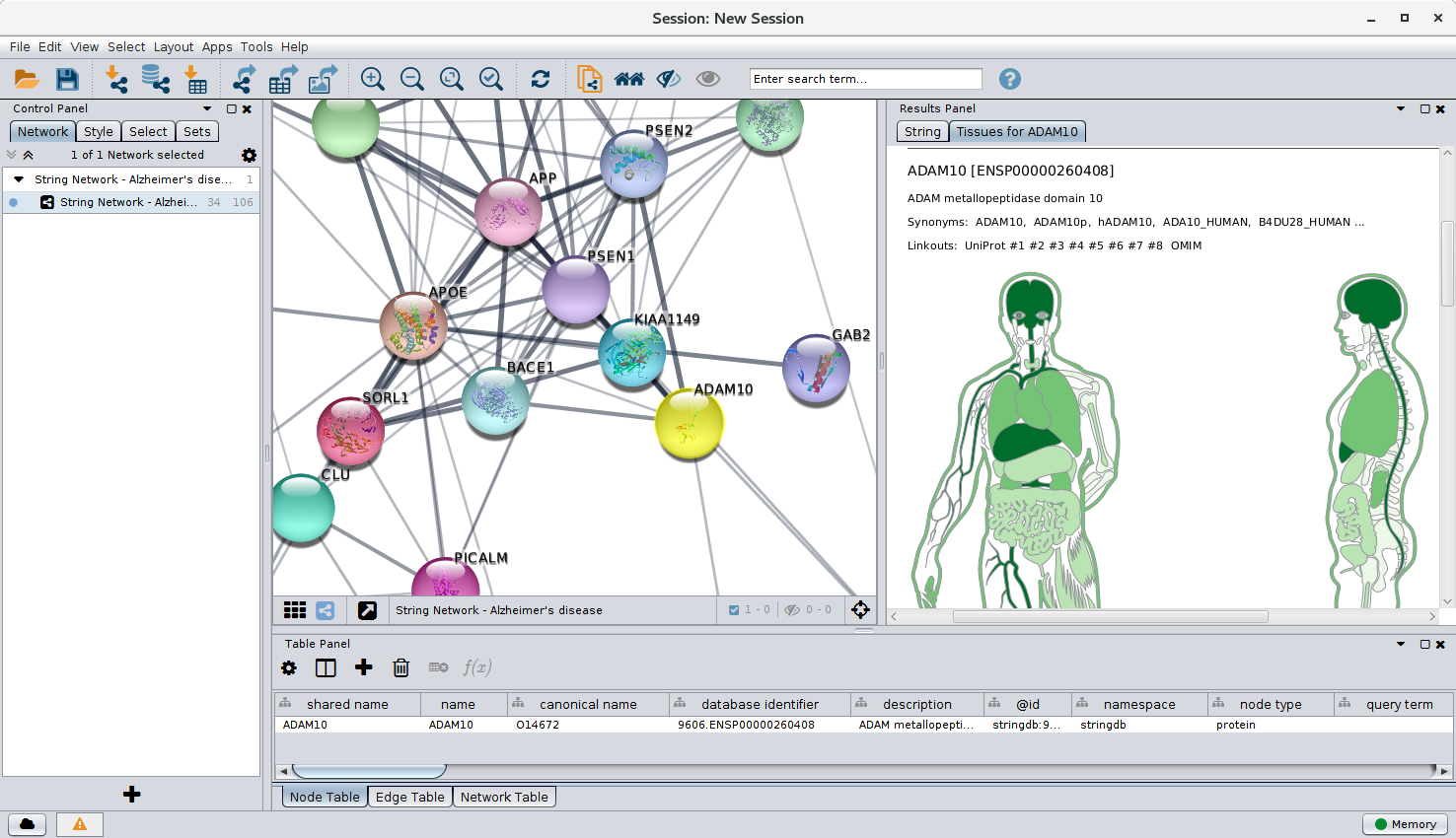

Person A shares a preference with Person B.

Person A possesses a preference for Thing A.Actor A appears in a film with Actor B.Other kinds of relationships you could describe in an edge list: All that matters here is that each row in my spreadsheet describes a connection between two entities. The columns could be reordered so that the Films column precedes the Actors column it doesn’t matter. In the image below, my edge list contains two kinds of things: films and actors. The objects in the first column should be connected in some way to the objects in the second column. At its most basic, Cytoscape wants a spreadsheet containing two columns. The most important thing to understand about Cytoscape (or, really, most network analysis tools) is the format in which you need to structure your data. (You should also, however, be able to follow these tutorials if you have your own data you’d like to use.) 1. It contains actors and films from the silent era of American race film ( source).
USING CYTOSCAPE HOW TO
We’ll also look at how to transform a bimodal graph into a unimodal graph, and we’ll walk through the process of publishing your graph to the web.įor this tutorial, please download this spreadsheet and save it somewhere you can find it again. We’ll start by building a basic graph and then work with more advanced features, like attributes and calculations. Along the way, you’ll come to understand some of these network concepts more fully. This set of tutorials will walk you through the process of building a network graph in Cytoscape. In addition, Scott Weingart has a great introduction to network analysis. Cytoscape is not too hard to use, but it won’t make much sense unless you have a sense of some basic network analysis vocabulary and concepts.


 0 kommentar(er)
0 kommentar(er)
